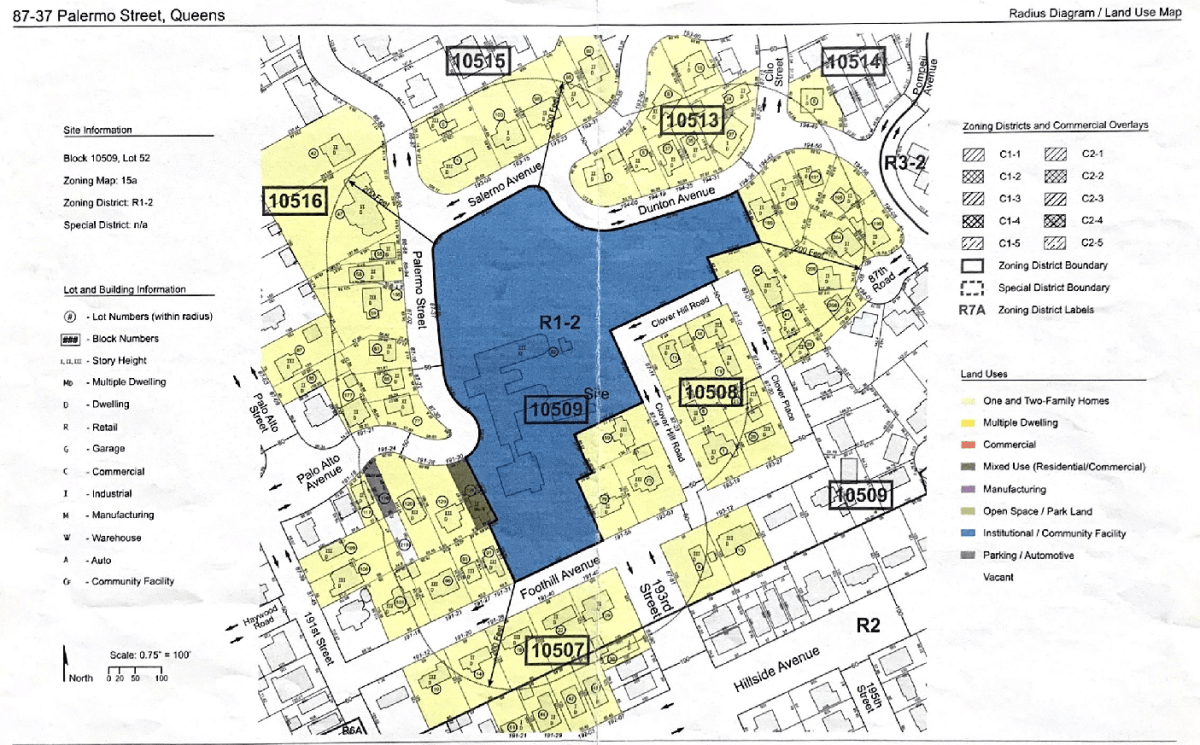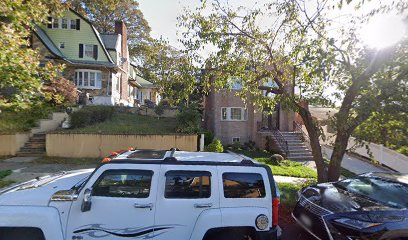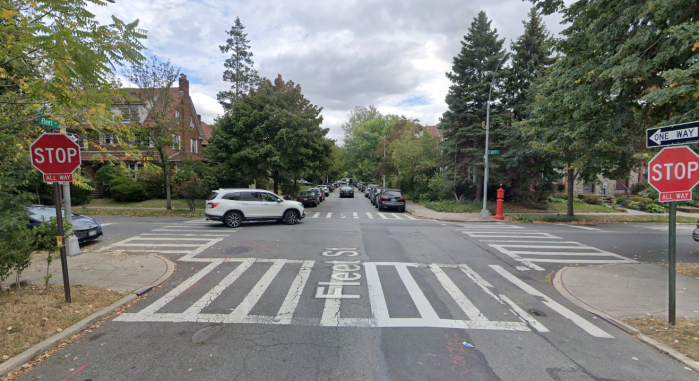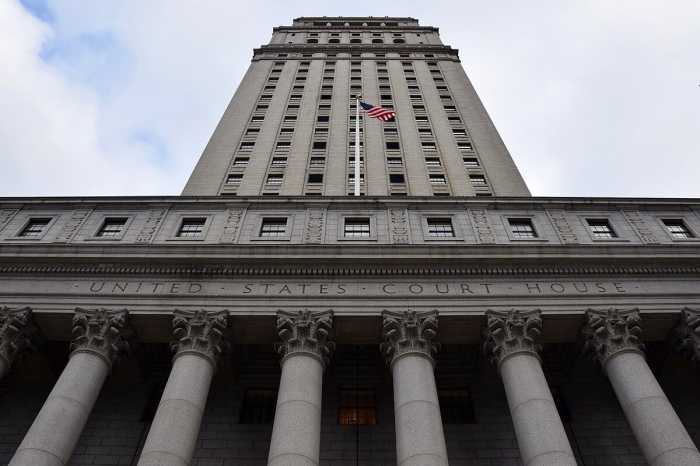Some Holliswood residents are denouncing plans of a new development proposal to construct 20 homes on the former site of Holliswood Hospital.
When Steven Cheung, the owner and real estate developer of the site, located at 87-37 Palermo St., purchased the property in July 2015 for $10.8 million through a mortgage foreclosure, the Holliswood Civic Association raised concerns about land use and overdevelopment in the neighborhood.
In a statement presented to the Community Board 8 Zoning Committee at a public hearing held on March 11, Linda Valentino, president of the Holliswood Civic Association, said they’ve met with Cheung and his architect, Michael Kang, at several meetings held with elected officials.
“We made it clear at these meetings that the Civic Association did not oppose the development of this property by the construction of one-family residences compliant with R-1-2 zoning,” said Valentino. “Our position is not one where a neighborhood objects to a builder coming in and developing property that the neighborhood had always viewed as an unimproved area.”
However, Valentino said, during a meeting in May 2017 held with three elected officials and the developer, their initial concern was raised that the square footage of the property would not permit the construction of 20 new residential premises that met the requirement of R1-2 zoning.
According to Valentino, the Civic Association along with Land Use Expert Paul Graziano, presented an analysis demonstrating that for the construction of 20 homes to be consistent with r1-2 zoning, the existing hospital building would have to be demolished — which they have no objections to, she said.
“If the hospital building is demolished and the project redeveloped, the developer would have no need for waivers, variances of zoning changes,” said Graziano.
Additionally, Cheung took part of the square footage from Lot 52 (the hospital building) to support his attempt to construct the homes, said Valentino.
“If he takes the hospital down, we have no problem, he’ll have plenty of land to do what he needs to do,” said Valentino. “He’s also advertising in China that he’s building 20 homes and a high-rise with a sports complex and library. He can’t do that.”
According to Valentino, at the March 13 Community Board 8 meeting, Cheung filed a request by his lawyer, Sheldon Lobel, for a waiver of certain provisions of the General City Law Sections 35 and 36 to permit development of six two-story, single-family detached residences.
Two of the houses are partially within the bed of mapped but un-built portion of Clover Place, which runs through the premises and four of which do not, but will be accessed by a 30-foot-wide access driveway connecting Palermo Street to Clover Hill Road, said Valentino.
When the board voted unanimously to reject the developer’s request, concerns were raised about who would bear the responsibility for the maintenance of the driveway.
“When asked by members of the committee as to the plans for the hospital building, the developer’s architect responded by saying that no decision had been made as to its future use,” said Valentino. “He was also asked how much they planned as a selling price for the homes. He said they hadn’t decided. Yet in the Chinese media, it states very clearly that they plan to sell them for $2,180,000.
Councilman Barry Grodenchik, who has worked with Holliswood since the beginning of the project in 2015, said the development has been a pressing matter in the neighborhood.
“The hospital building really doesn’t conform with the zoning. It was a leftover kind of thing,” said Grodenchik. “We asked for many things. Promises were made and they were really never completed. We have people living there, it’s a residential neighborhood and people are vandalizing the building because it’s not sealed up and those are just some of the concerns. We still don’t know what they want to do with the building itself.”
According to the association, a review of the Department of Finance real estate tax payments for block 10509 lot 52 (the Hospital site), shows that the current tax balance owed as of March 22, 2019, is $1,065,490.88. When the property was subdivided originally by the establishment of tentative tax lots, the developer was not current in his real estate tax payment.
“The Holliswood Civic Association represents homeowners who strive to remain current in their real estate tax payments for their homes; we don’t understand how the developer is allowed to proceed with the project,” the association said in a statement.
The group has released a petition against the proposal for the site of the former rehabilitation center for individuals dealing with substance abuse.
“Any hardship the developer is claiming is self-created and due to a flawed design,” said Marc Bresky, the Holliswood Civic Association lawyer. “This is not a reasonable development. It is just a case of squeezing in houses to make more money.”




































